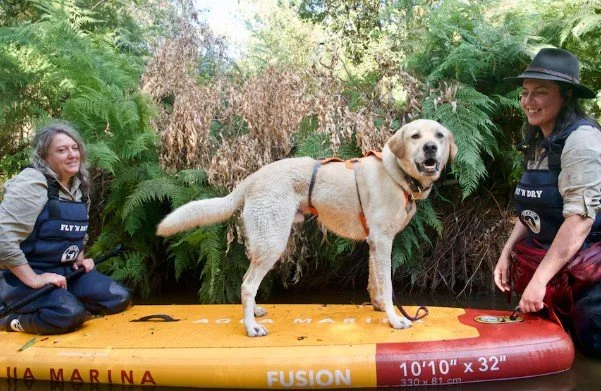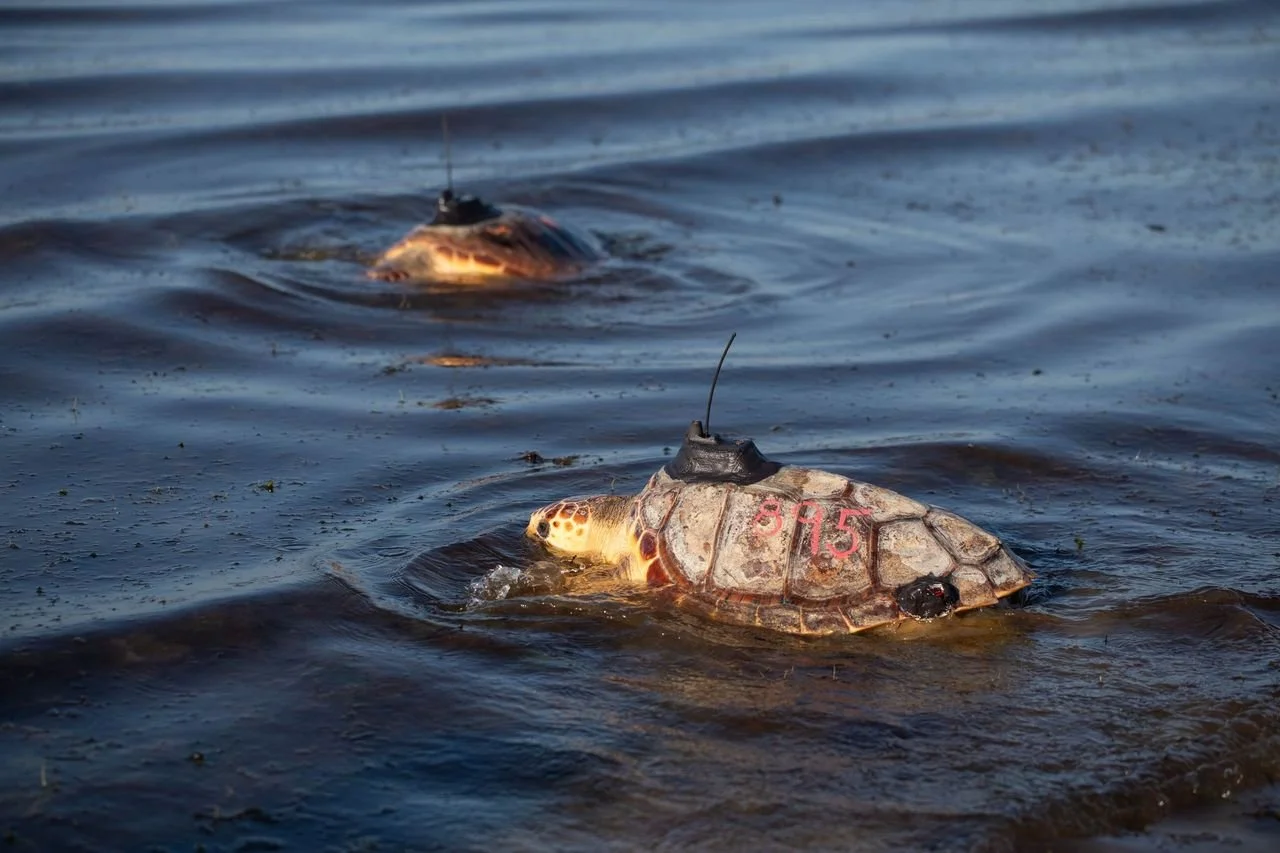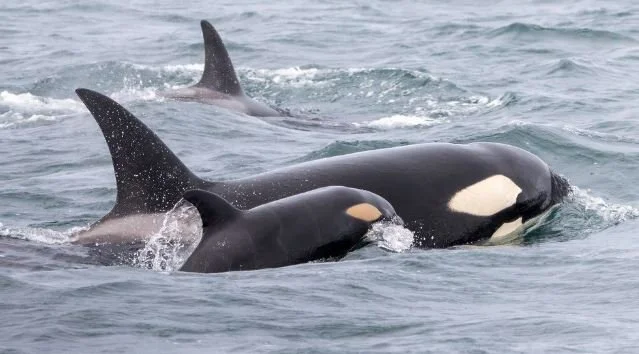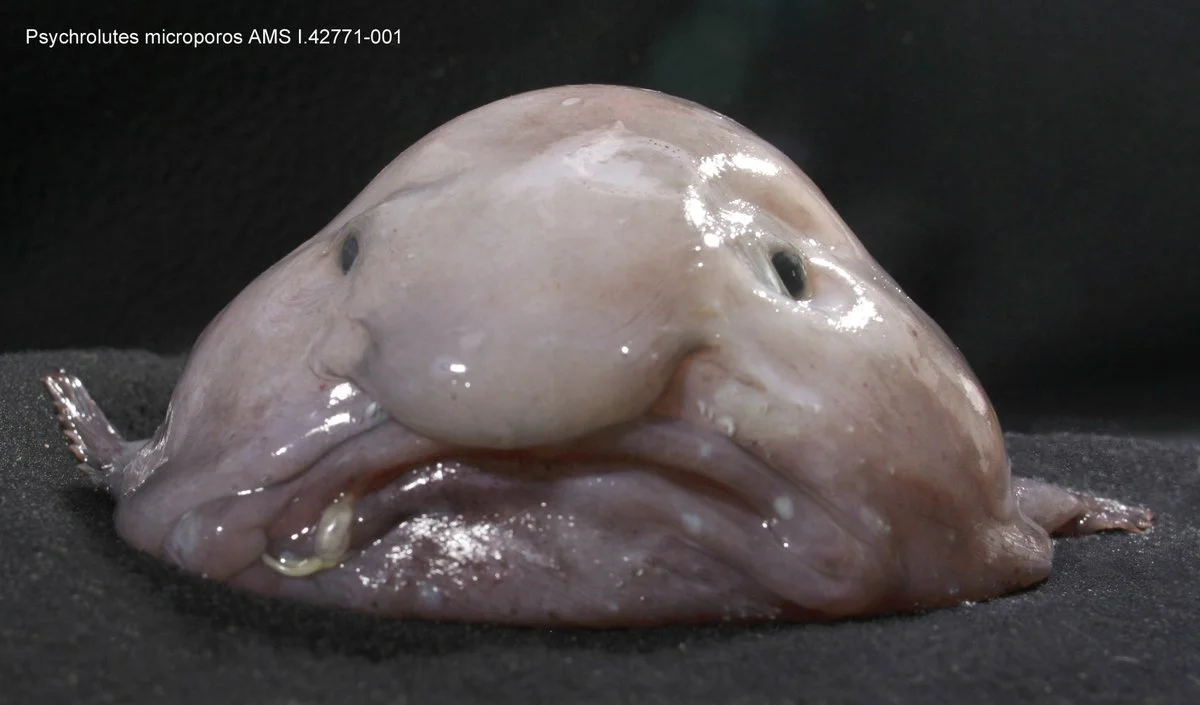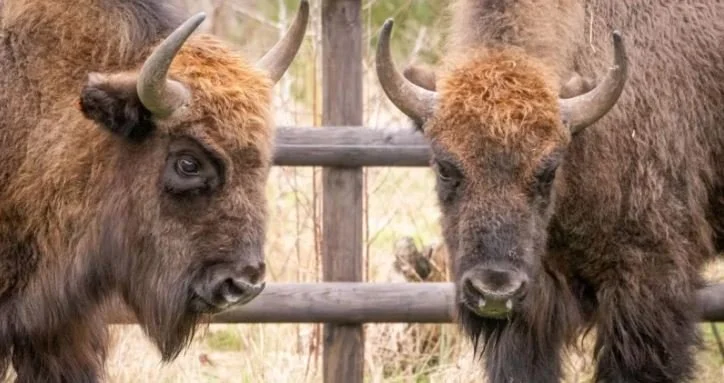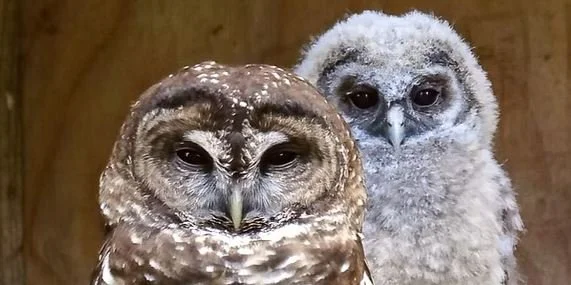The endangered Siberian tiger, also known as the Amur tiger, is rarely seen in the wild, but this year the world’s largest big cat is making unwelcome appearances in Russia’s far east. The tigers are preying on dogs, livestock, and in a few cases, humans.
Hi.
Welcome to my blog.













